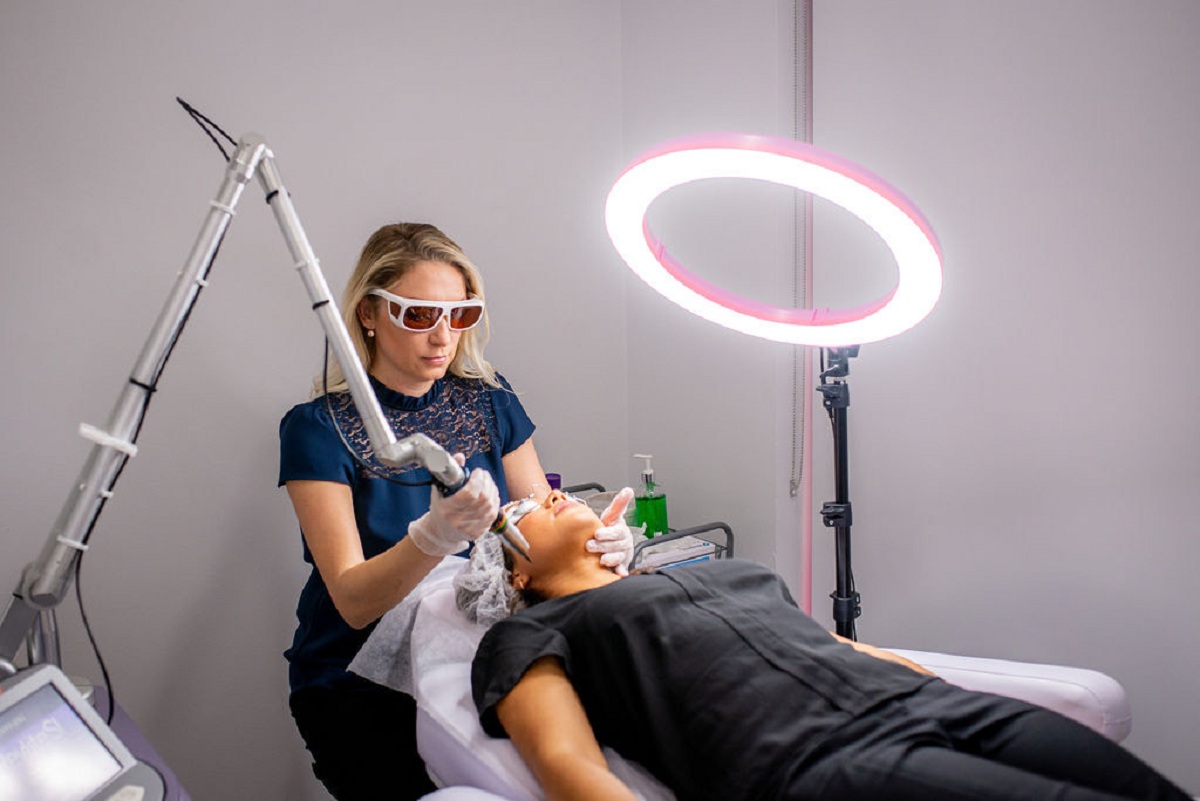What Are The Main Stages Of Chronic Venous Insufficiency?
Varicose veins are large veins that bulge into the skin surface and appear in the legs, ankles, and feet. Sometimes they do not show any signs; many people aren’t aware that they are suffering from it. It works in stages and only occasionally comes with symptoms, which can become a serious issue to solve.
If you are also blundering against these vein issues, visit a specialist. But before seeing a doctor, you should know “What Type of Doctor Treats Varicose Veins?” A doctor specializing in treating and diagnosing vein disease has experience and knowledge, a vascular surgeon or phlebologist.
The early stages of chronic venous insufficiency include:
You should not take it lightly; if you have signs of varicose veins, you must visit your physician. Your veins are an essential part that circulates the blood through your body, and they pump the blood dispersed throughout your body back up to your heart.
If they do not function properly, veins cannot execute their job. And this can cause serious issues.
Early stages Venous Insufficiency:
- Spider veins
In the first stage, veins appear close to your skin in your legs, ankles, and feet. However, you should not neglect these signs of vein disease. Sometimes, these do not cause pain and discomfort, but you should still ignore them. Go visit your doctor if you notice signs of spider veins. They appear in a web-like structure.
- Varicose veins
If you notice prominent bulging veins on your legs and feet, that denotes varicose veins. Many people do not face pain and discomfort with varicose veins, but many people do.
- Swelling
When the veins are not treated, you might see swelling in your legs, and these veins become worse when they are not treated. Poor blood circulation is the main reason for various veins. Sometimes swelling may also indicate damage to your lymphatic system.
- Skin discoloration or rashes
Blood accumulates around the damaged vein when you do not treat veins, which can alter skin color from reddish to deep purple. A red, itchy rash known as venous stasis dermatitis might occur as a sign of an inflammatory reaction from the blood pooling close to the skin’s surface.
- Ulcers
Venous insufficiency can lead to open sores on your leg from the skin tissue deteriorating if it is not treated, leading to venous stasis ulcers. These sores and ulcers can be excruciatingly painful and restrict movement. If you’ve reached this level, you need to have your veins examined and treat them as soon as possible. Treatment aids in wound healing and helps to prevent varicose veins.
Does Insurance cover Varicose Vein Treatments?
When there is an essential need for medical treatment, at that time, you must look for your healthcare policy, as most health insurance providers will cover the cost of treatment. So checking for insurance can benefit you in the treatment cost.
In Conclusion:
You should visit your doctor as soon as you notice the signs of vein bulging on your skin surface. Make an appointment with your doctor and discuss your symptoms.














